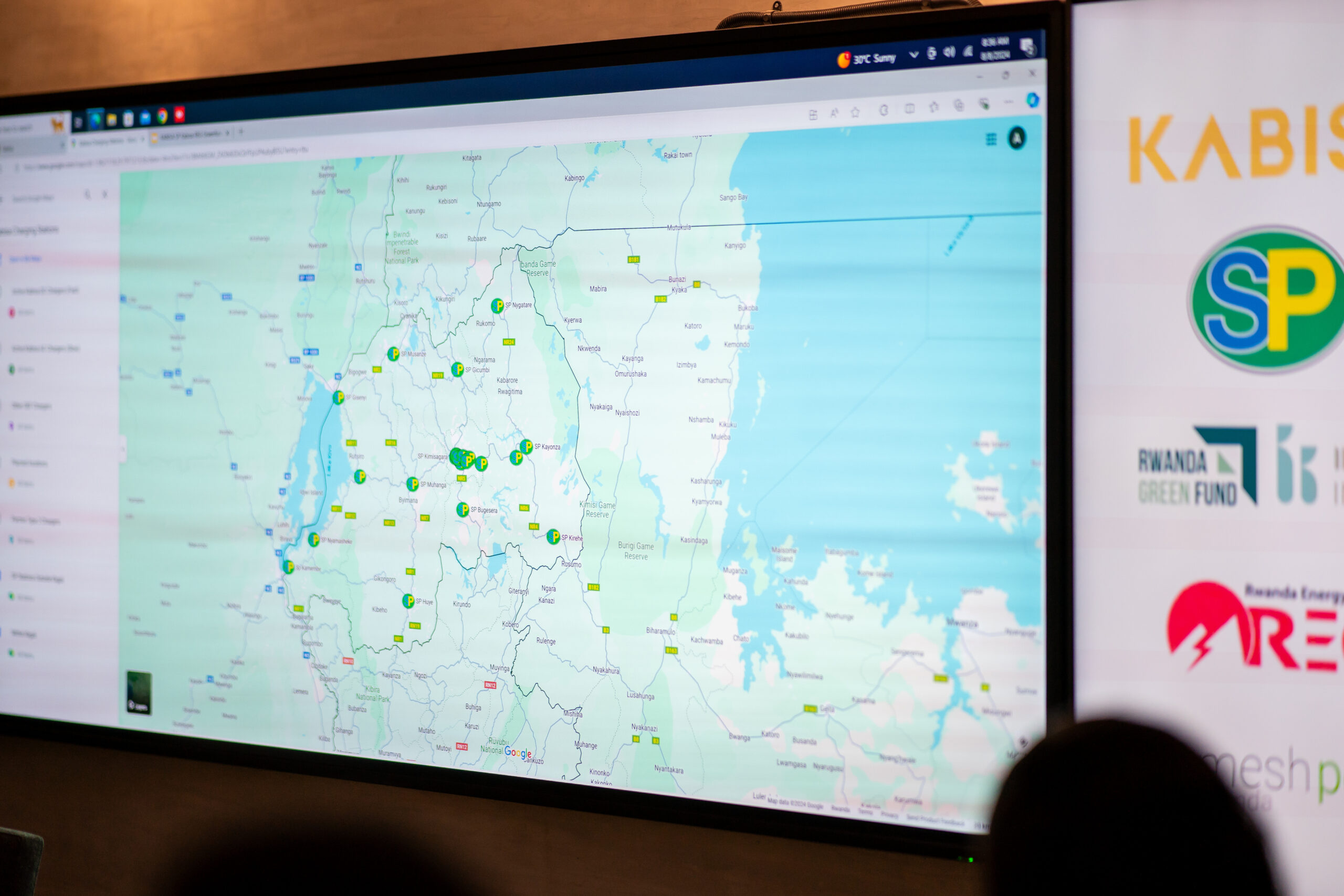By Eugene Gerden
Global nations are accelerating their efforts to acquire the rich resource base of the African continent, which is expected to become one of the world’s main sources of raw materials in the future.
Perhaps one of the most important of such states is the Democratic Republic of the Congo (DRC). Once a Belgian colony, according to analysts, the country has an economic potential comparable to the strongest regional powers, although currently remains one of the world’s poorest countries.
Being the second largest African country, the DRC is incredibly rich in natural resources. Oil, coal, diamonds, cobalt, zinc, silver, tungsten and other rare metals have been found and mined here. Moreover, the share of the republic in the global production of cobalt reaches 70%. The situation is almost the same with tantalum and coltan (a mixture of columbite and tantalite), which are necessary in the production of electronic equipment, in particular, for military purposes. In addition, the country ranks fourth in the world in terms of diamond production.
Still, political instability and the resulting decentralization of power have resulted in almost 30% of all mining activities in the country being carried out artisanally in hand-dug mines, where safety standards are absent and child labor is actively used. Only in the last two years the government of Kinshasa (the capital of the Congo) has been taking efforts to bring this situation under state control.
According to experts of the Russian Izvestia business paper, until the early 2000s, the DRC, like its neighbours in Central Africa, regularly served as a resource base for Europe (mainly France) and the United States, despite its formally independent status received in 1960. The main assets were controlled by North American (First Quantum Minerals, Barrick Gold, Chevron Texaco and others) and European (Glencore, Areva) companies. For Washington, this source is still of strategic importance. According to some reports, 75% of the cobalt and 50% of tantalum used in the US military-industrial complex is mined in the DRC.
In recent years, the DRC, along with other African states, which are characterized by rich raw material resources, have faced an active expansion of Chinese investors. Over the last decade, overall capital investments of Chinese business in the African mining sector have grown by 22 times, to US$220 billion, and the volume of issued loans increased 74 times (US$100 billion). A significant part of these investments was accounted for in the DRC.
In recent years, imports of some critical minerals, which are produced in the African continent for China, has also increased. For example, since 2015 imports of cobalt to China have grown by 3,000% and copper ore by 1,700%. In the case of the DRC, for 20 years Beijing has effectively withdrawn the US from the mining sector of the country. The latest major US asset in the country’s mining industry was Tenke Fungurume Mining, which was sold to China Molybdenum in 2020.
In the meantime, the mining sector of Congo, along with the country’s hydrocarbons resource base, is also within the sphere of interests of Russia for which the expansion in the African continent, after the exodus from the majority of Western markets, is considered as one of its priorities. As part of these plans, Russia plans to transfer some of its technologies in oil and gas production to the DRC, that will allow to significantly increase their production already in the short-term.
At the moment, the country produces only 22,000 of oil barrels per day, although the DRC hopes to increase these figures by more than 10 times.
Still, the traditional political and economic instability and the simmering military conflict with neighboring Rwanda, which led to the Second Congo War (the origins of which, go back to the bloody war between the Hutus and Tutsis in Rwanda) poses a threat for the active development of the DRC’s rich raw materials base.
The biggest instability is currently observed in the eastern part of the DRC. The situation is complicated by the fact that the republic’s central government does not fully control individual regions of the country. Chinese and Western companies have learned to work in this environment. They seek to form an autonomous environment which includes tools to ensure the security of mines under their control, create logistics corridors, conduct a dialogue with local communities.
According to analysts, the future situation in the region will be determined by the ability of the central government of the Democratic Republic of the Congo to establish control over the activities of foreign business and limit the influence of other regional players, including Rwanda and Tanzania, as well as to send an income from the export of raw materials to the development of the eastern provinces of the country.




